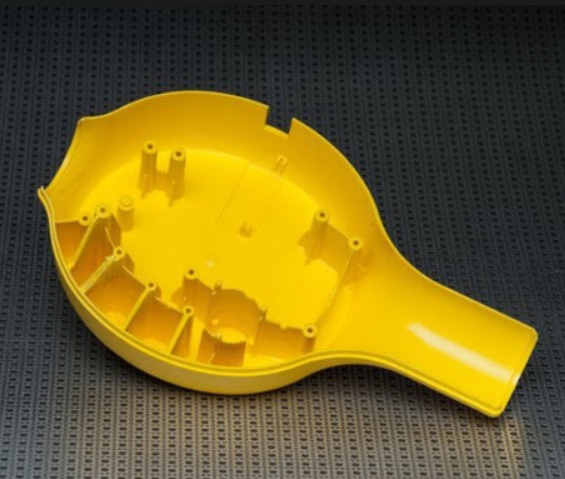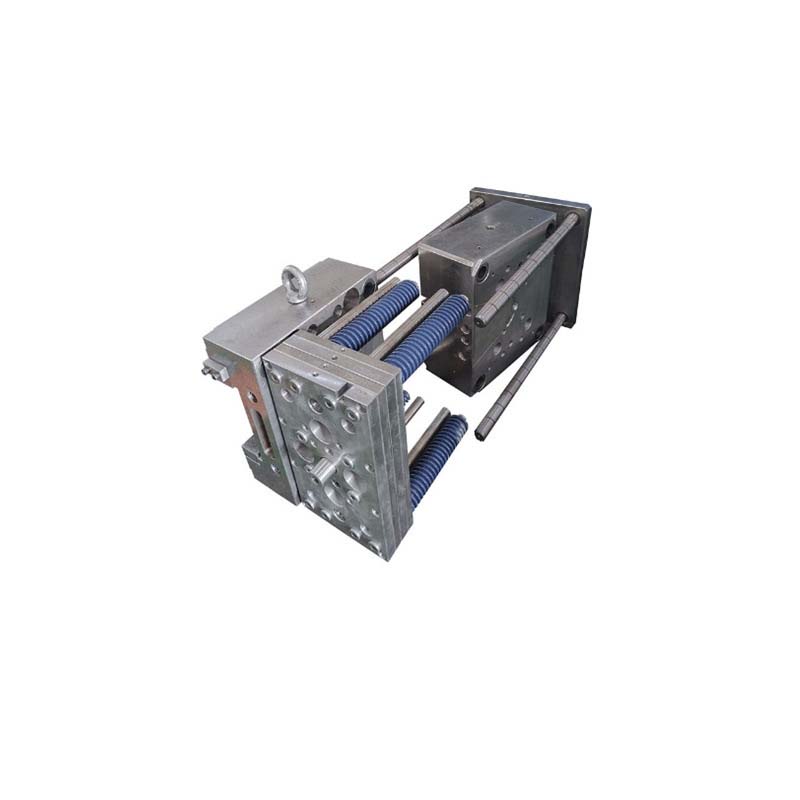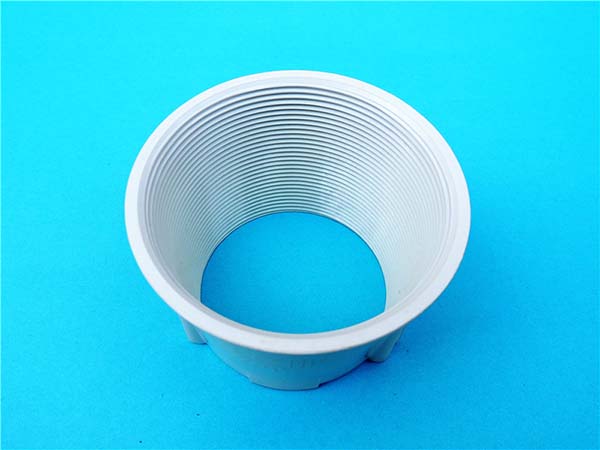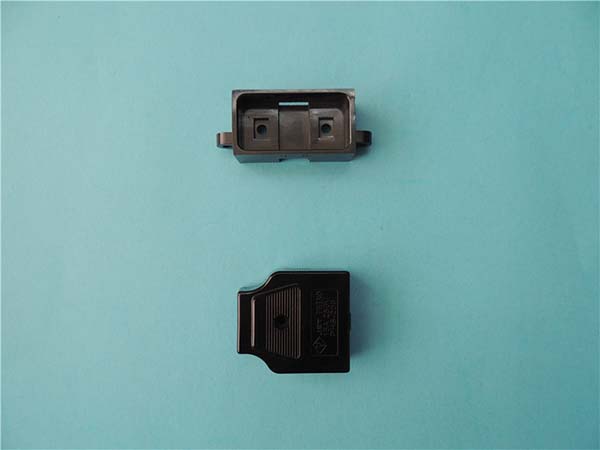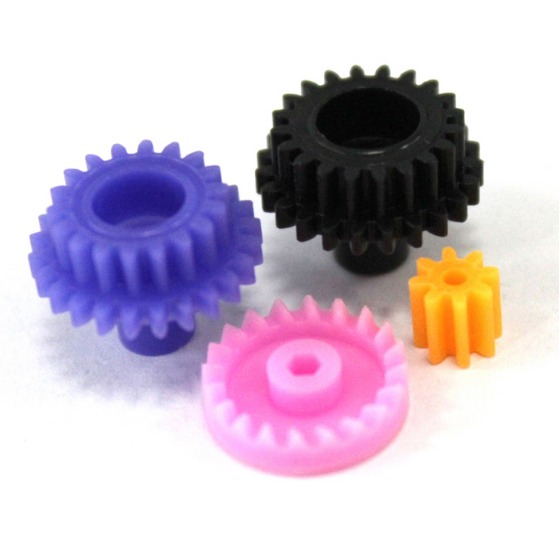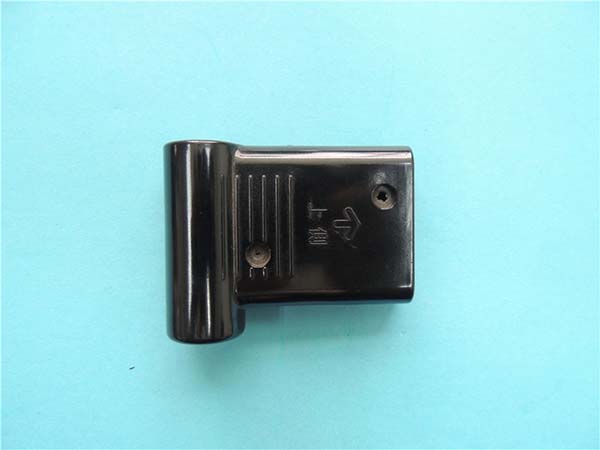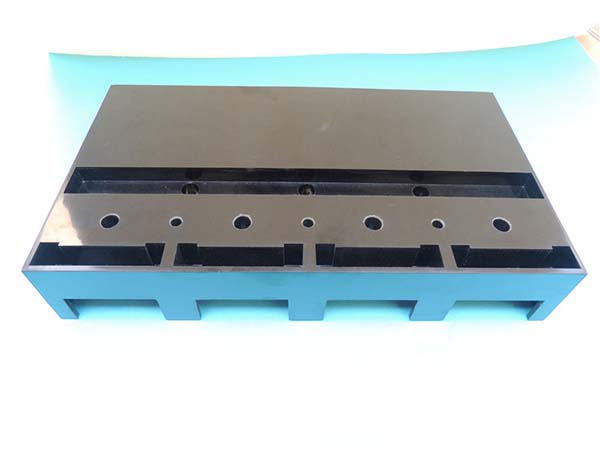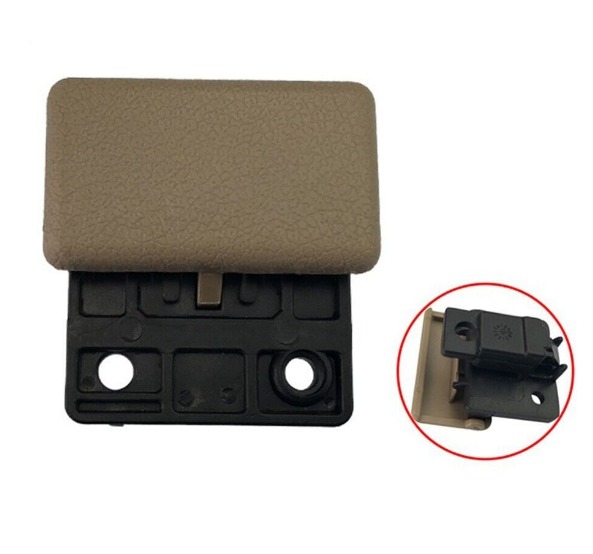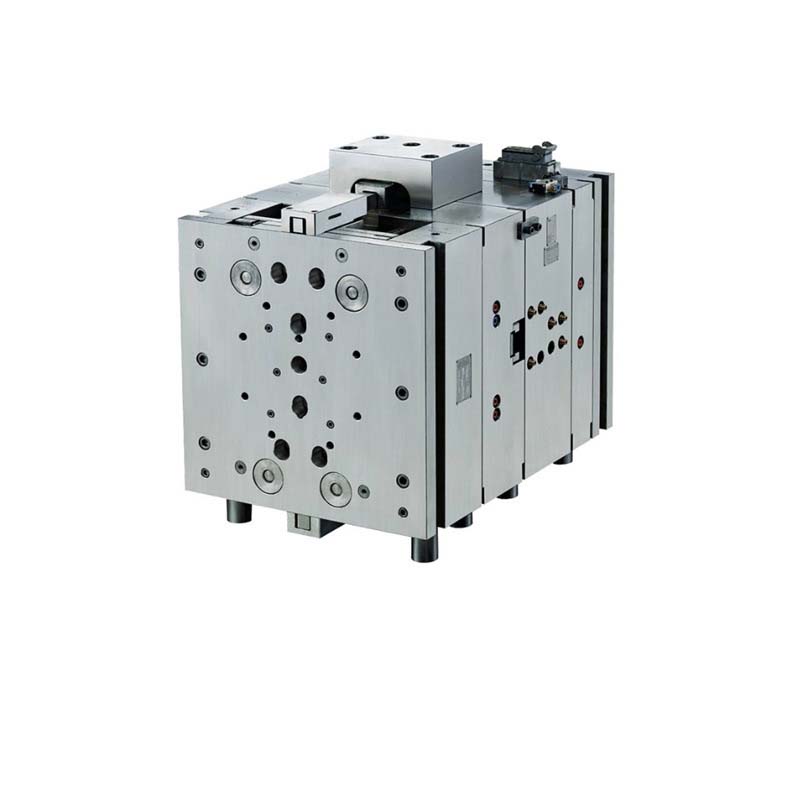Introduction
Understanding the Basics
Plastics have become an integral part of our daily lives, with applications ranging from household items to advanced industrial components. Among the various types of plastics, thermoplastic and thermosetting plastic stand out as two major categories, each with its own unique set of properties and applications.
Thermoplastic is a type of plastic that can be softened and melted by heating and hardened when cooled. This process is reversible, which means thermoplastics can be remolded and recycled multiple times. The molecular structure of thermoplastics consists of long, linear or branched polymer chains held together by weak intermolecular forces such as van der Waals forces and hydrogen bonds. When heat is applied, these forces are overcome, allowing the polymer chains to slide past one another, resulting in the plastic becoming soft and malleable. Common examples of thermoplastics include polyethylene (PE), polypropylene (PP), polyvinyl chloride (PVC), polystyrene (PS), and polycarbonate (PC).
On the other hand, Thermosetting plastic is a plastic that, once cured or set under heat and pressure or with the help of a catalyst, cannot be remelted or reshaped. During the curing process, a chemical reaction occurs, creating strong cross - links between the polymer chains, forming a three - dimensional network structure. This cross - linked structure gives thermosetting plastics their high strength, rigidity, and heat resistance. However, it also means that they are not recyclable in the traditional sense. Examples of thermosetting plastics are phenolic resins, epoxy resins, melamine formaldehyde, and unsaturated polyester resins.
Key Differences
1. Molecular Structure
Thermoplastic's Linear Structure
Thermoplastics have a linear or branched molecular structure. The polymer chains in thermoplastics are like long, flexible strings. These chains are held together by relatively weak intermolecular forces such as van der Waals forces and hydrogen bonds. This linear structure is what allows thermoplastics to be melted and reshaped multiple times. When heat is applied, the weak forces between the chains are overcome, and the chains can slide past one another. For example, think of a pile of spaghetti. When you heat it (in a metaphorical sense for the plastic), the individual strands can move around and change their positions relative to each other. This characteristic enables thermoplastics to be easily processed using methods like injection molding and extrusion.
Thermosetting Plastic's Cross - Linked Structure
Thermosetting plastics, on the other hand, have a highly cross - linked molecular structure. During the curing process, a chemical reaction occurs that creates strong covalent bonds between the polymer chains, forming a three - dimensional network. It's like a complex spider web where each strand is connected to multiple others at various points. Once this cross - linked structure is formed, it becomes extremely difficult to break these strong chemical bonds. As a result, thermosetting plastics cannot be remelted or reshaped by heating. If you try to heat a thermosetting plastic, instead of melting, it will degrade or char due to the breakdown of the cross - linked structure.
2. Physical Properties
Melting and Re - shaping Ability
| Property | Thermoplastic | Thermosetting Plastic |
| Melting Behavior | Can be melted and softened by heating. The melting point is well - defined for most thermoplastics. For example, polyethylene (PE) has a melting point in the range of 110 - 130°C, and polypropylene (PP) melts around 160 - 170°C. | Does not melt when heated. Once cured, it will decompose or char at high temperatures rather than melting. For instance, phenolic resins start to decompose at temperatures above 200 - 300°C without melting. |
| Re - shaping Potential | Can be repeatedly reshaped by heating and cooling. This makes them suitable for applications where the shape might need to be adjusted or for recycling purposes. | Cannot be reshaped after curing. The shape is fixed permanently, which is beneficial for applications where a stable, unchanging form is required. |
Strength and Durability
Thermosetting plastics generally have higher strength and durability compared to thermoplastics. For example, epoxy - based thermosetting plastics are used in aerospace applications due to their high strength - to - weight ratio. They can withstand high mechanical stresses and maintain their structural integrity. In contrast, while some thermoplastics like polycarbonate (PC) have good impact resistance, they are generally not as strong as thermosetting plastics in terms of long - term mechanical stability. Studies have shown that the tensile strength of phenolic thermosetting plastics can be up to 50 - 100 MPa, while common thermoplastics like polyethylene typically have a tensile strength in the range of 10 - 30 MPa.
Chemical Resistance
Thermosetting plastics often exhibit excellent chemical resistance. Their cross - linked structure makes it difficult for chemical substances to penetrate and react with the polymer chains. Epoxy resins, for example, are highly resistant to a wide range of chemicals, including acids, bases, and organic solvents. This makes them suitable for applications in chemical processing plants and in coatings for protecting metal surfaces from corrosion. Thermoplastics also have varying degrees of chemical resistance, but some are more susceptible to chemical attack. For instance, polystyrene (PS) can be easily dissolved by certain organic solvents like toluene.
3. Processing Methods
Thermoplastic Processing Techniques
Thermoplastics can be processed using a variety of methods. Extrusion is a common technique where the plastic is melted and forced through a die to create continuous profiles such as pipes, sheets, or rods. The process is efficient for high - volume production. For example, PVC pipes used in plumbing systems are often made through extrusion. Injection molding is another widely used method. In this process, the melted plastic is injected into a mold cavity under high pressure. This allows for the production of complex - shaped parts with high precision, such as plastic toys, electronic device housings, and automotive interior components. The advantages of these methods for thermoplastics include high production rates, the ability to produce parts with tight tolerances, and the ease of recycling the scrap material generated during the process.
Thermosetting Plastic Processing
Thermosetting plastics are processed in a different way. They are usually in a liquid or semi - liquid state initially. For example, epoxy resins are often mixed with a curing agent before processing. The mixture is then poured or injected into a mold. Heat and pressure are applied to initiate the curing process, which causes the chemical cross - linking to occur. This process is more complex and time - consuming compared to thermoplastic processing. Compression molding is a common method for thermosetting plastics. In compression molding, a pre - measured amount of the thermosetting material is placed in a heated mold. Pressure is applied, and as the material cures, it takes the shape of the mold. This method is used for making products like electrical insulators, automotive brake parts, and some types of furniture components.
4. Recycling Potential
Thermoplastics: Recyclable Marvels
Thermoplastics are highly recyclable due to their ability to be melted and reshaped. This makes them an environmentally friendly choice in terms of waste management. The recycling process typically involves collecting the thermoplastic waste, cleaning it to remove impurities, melting it, and then re - processing it into new products. For example, used PET bottles can be recycled into polyester fibers for making clothing, or into new PET bottles. The recycling rate of some common thermoplastics like PET and HDPE (high - density polyethylene) is relatively high in many developed countries, with PET bottle recycling rates reaching up to 70 - 80% in some regions.
Thermosets: Recycling Challenges
Thermosetting plastics pose significant challenges when it comes to recycling. Their cross - linked structure makes it extremely difficult to break down the material into a form that can be easily reused. Traditional recycling methods such as melting are not applicable. However, researchers are exploring alternative ways to recycle thermosetting plastics. One approach is to use chemical processes to break the cross - links and convert the thermoset back into its original components or into new, useful materials. Another method is to use them in applications where the non - recyclable nature is less of an issue, such as in construction as insulation materials. Currently, the recycling rate of thermosetting plastics is much lower compared to thermoplastics, often less than 10% in most areas.
Applications in Real - World Scenarios
Common Uses of Thermoplastics
Thermoplastics are widely used in various aspects of our daily lives due to their unique properties.
In the packaging industry, they are almost everywhere. For example, polyethylene (PE) is commonly used to make plastic bags, which are lightweight, flexible, and have good moisture - barrier properties. These bags are used in grocery stores, supermarkets, and for various consumer goods packaging. Polypropylene (PP) is used to make food containers, such as those for yogurt, take - out food, and storage containers. Its high chemical resistance and good heat resistance make it suitable for holding different types of food products. PET (polyethylene terephthalate) is well - known for its use in making beverage bottles, especially for bottled water, soft drinks, and juices. It offers excellent transparency, strength, and gas - barrier properties, which help to preserve the quality and taste of the beverages inside.
In the automotive industry, thermoplastics play a significant role in car interiors. Polyvinyl chloride (PVC) is used for floor mats, upholstery, and dashboard covers. It is cost - effective, easy to clean, and has good flexibility. Polycarbonate (PC) is used in making headlight lenses due to its high optical clarity, impact resistance, and heat resistance. It can withstand the high temperatures generated by the headlights and provide clear illumination. Thermoplastic elastomers (TPEs) are used in making parts like door seals, window gaskets, and steering wheel grips. They combine the properties of rubber and plastic, offering good elasticity, durability, and grip.
Thermoplastics are also prevalent in consumer electronics. ABS (acrylonitrile - butadiene - styrene) is commonly used for the casings of electronic devices such as televisions, computer monitors, and game consoles. It has a good balance of strength, impact resistance, and processability, making it suitable for creating complex - shaped and durable enclosures. Polyamide (PA), also known as nylon, is used in some electronic components for its high strength, wear resistance, and electrical insulation properties. For example, it can be used in the manufacturing of connectors and gears in small electronic devices.
Applications of Thermosetting Plastics
Thermosetting plastics are also essential in many high - tech and industrial applications.
In the electrical and electronics industry, phenolic resins are widely used for making electrical insulators. Their high electrical resistance, heat resistance, and mechanical strength make them ideal for this purpose. They can be found in switches, sockets, and circuit breakers, providing reliable insulation to prevent electrical accidents. Epoxy resins are used in encapsulating electronic components such as integrated circuits. This protects the delicate components from moisture, dust, and mechanical stress, ensuring their long - term reliability. Printed circuit boards (PCBs) often use epoxy - based fiberglass laminates, which offer good electrical performance, dimensional stability, and heat resistance.
In aerospace and defense, thermosetting plastics are crucial for their lightweight yet high - strength properties. Carbon - fiber - reinforced epoxy composites are used to make aircraft wings, fuselages, and other structural components. These composites can significantly reduce the weight of the aircraft, improving fuel efficiency and performance. The high - temperature resistance of some thermosetting plastics also makes them suitable for use in engine components, where they can withstand the extreme heat generated during flight. In addition, they are used in missile components, satellite structures, and other defense - related equipment due to their excellent mechanical properties and resistance to harsh environments.
In the construction industry, thermosetting plastics are used in various applications. For example, polyurethane foam is widely used as an insulation material in buildings. It has excellent thermal insulation properties, which can help reduce energy consumption by preventing heat transfer. Melamine - formaldehyde resins are used in making laminates for countertops and furniture surfaces. These laminates are hard, scratch - resistant, and have a decorative appearance. Unsaturated polyester resins are used in the production of fiberglass - reinforced plastics (FRP), which are used for making pipes, tanks, and building facades. FRP products are lightweight, corrosion - resistant, and have good mechanical strength, making them suitable for outdoor and industrial applications.
Yigu Technology's Perspective
As a non - standard plastic metal products custom Supplier, Yigu Technology has in - depth experience in dealing with both thermoplastic and thermosetting plastics. When it comes to custom - made products, the choice between the two types of plastics depends on several factors.
For applications that require flexibility in design changes or cost - effective mass production, thermoplastics are often the preferred choice. Their recyclability also makes them a more environmentally friendly option for projects with sustainability concerns. Yigu Technology has mastered advanced injection molding and extrusion techniques for thermoplastics, enabling the production of high - precision parts with tight tolerances.
On the other hand, when the end - product demands high - temperature resistance, excellent chemical stability, and unchanging shape, thermosetting plastics are more suitable. Yigu Technology has successfully used compression molding and other specialized processes for thermosetting plastics to create durable components for industries such as aerospace and electronics. The company's technical team can also provide professional advice on material selection, helping clients make the best decision based on their specific product requirements.
Conclusion
In conclusion, thermoplastic and thermosetting plastic are two distinct types of plastics with significant differences in molecular structure, physical properties, processing methods, and recycling potential. Thermoplastics, with their linear or branched molecular structure, are known for their ability to be melted and reshaped multiple times, making them highly recyclable and suitable for a wide range of applications that require design flexibility and cost - effective mass production. Their relatively lower strength compared to thermosetting plastics is compensated by their versatility in processing and the ability to be reused.
On the other hand, thermosetting plastics, with their cross - linked molecular structure, offer high strength, excellent heat and chemical resistance, and dimensional stability. These properties make them indispensable in applications where durability and high - performance are crucial, such as in aerospace, electrical, and construction industries. However, their non - recyclable nature poses challenges in terms of waste management.
When choosing between thermoplastic and thermosetting plastic for a particular application, it is essential to consider factors such as the required mechanical properties, heat and chemical resistance, processing feasibility, cost, and environmental impact. By understanding the key differences between these two types of plastics, manufacturers, engineers, and designers can make informed decisions that will result in the production of high - quality products that meet the specific needs of the end - users while also considering environmental and economic sustainability. Whether it's a simple consumer product or a complex industrial component, the right choice of plastic can make a significant difference in performance, cost - effectiveness, and environmental footprint.
